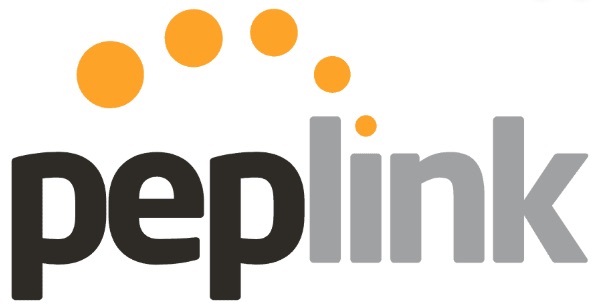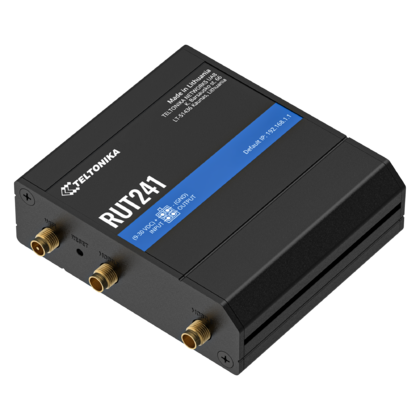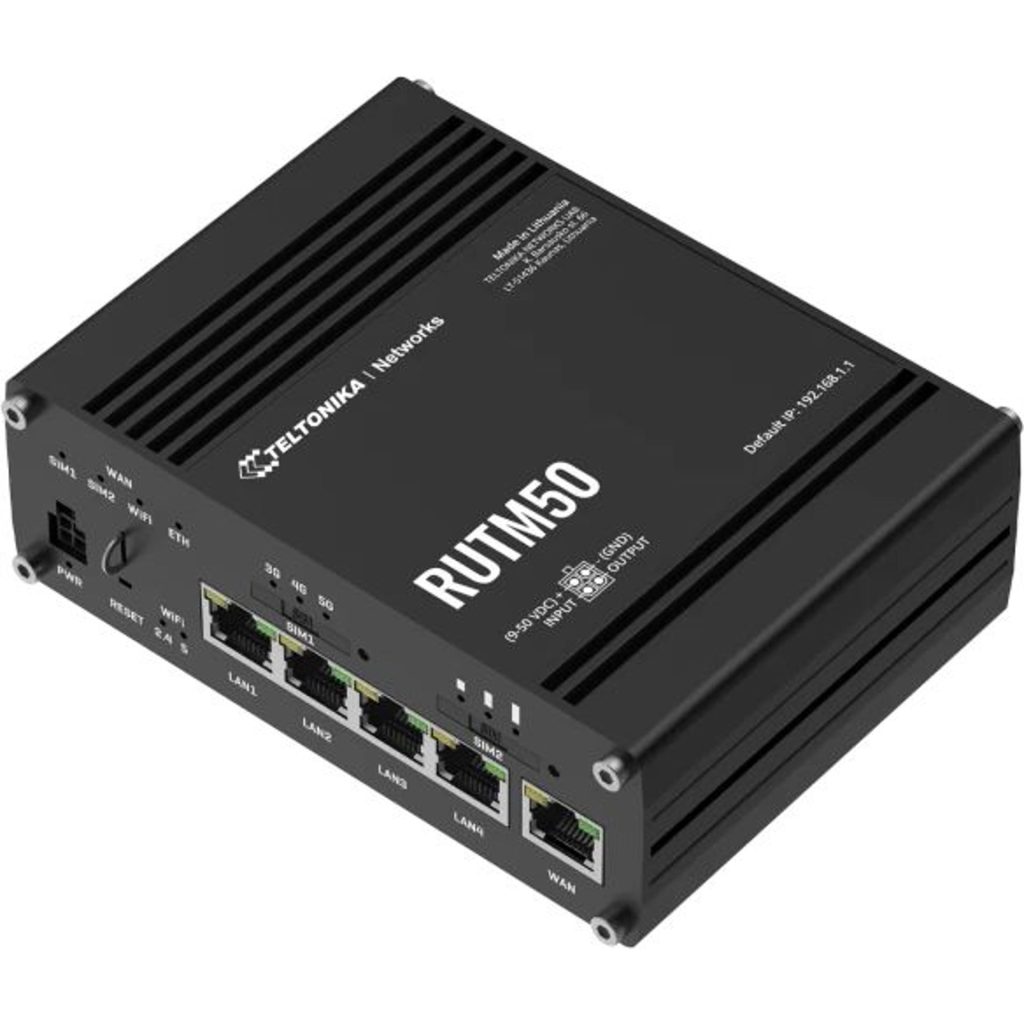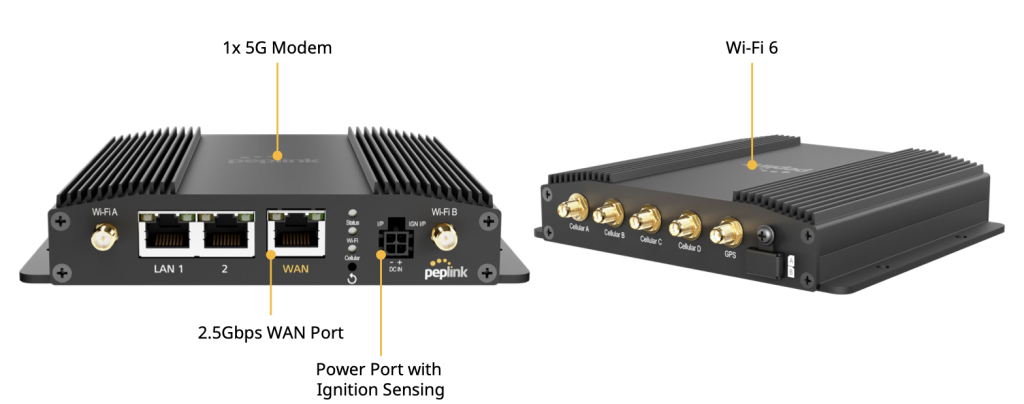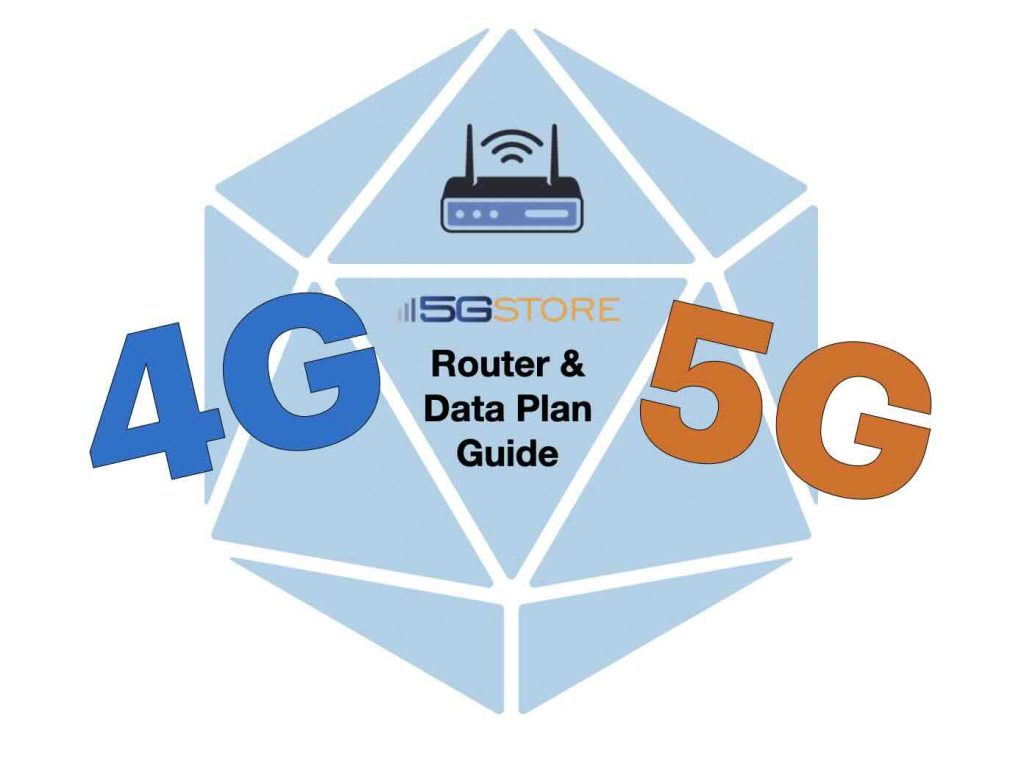If you’re looking to buy Peplink, you want to make sure you’re purchasing from a trusted, experienced, and well-stocked reseller. That’s where 5Gstore comes in. As the longest-running Peplink reseller, we have been providing Peplink solutions to businesses, government agencies, and individuals for years—longer than anyone else in the industry. When you choose 5Gstore, you get more than just […]
Tag: Router
Teltonika RUT241
In today’s interconnected world, reliable and secure internet connectivity is paramount for both industrial and commercial applications. The Teltonika RUT241, an industrial-grade 4G LTE router, stands out as a versatile solution designed to meet these demands. Building upon the success of its predecessor, the RUT240, the RUT241 offers enhanced features and performance, making it a preferred choice […]
Teltonika RUTM50
In today’s rapidly evolving digital landscape, the demand for high-speed, reliable, and secure internet connectivity is paramount across various industries. The Teltonika RUTM50 emerges as a robust solution, offering cutting-edge 5G capabilities tailored to meet the diverse needs of modern enterprises. This article delves into the features, applications, and benefits of the Teltonika RUTM50, highlighting its pivotal […]
Peplink Max BR1 Pro 5G (MAX-BR1-PRO-5GN-T-PRM)
In the rapidly evolving landscape of wireless connectivity, the Peplink MAX BR1 Pro 5G router has emerged as a top-tier solution, catering to diverse industries and applications. Recognized as the top-selling 5G router at 5Gstore in 2024, its robust features and versatile functionalities have set it apart in the competitive market. The Peplink model number is: […]
Introducing Teltonika Networks: A New Connectivity Solution at 5Gstore.com
At 5Gstore.com, we are excited to introduce Teltonika Networks, a globally recognized leader in IoT technology and industrial networking solutions. With over 25 years of experience, Teltonika has deployed more than 30 million devices across 26 countries, earning the trust of 10,000 partners worldwide. Their commitment to innovation and reliability makes them a perfect addition […]
4G/5G Routers and Antennas: Will 2025 Tariffs Drive Up Prices?
UPDATED as of June 16, 2025 Due to recent changes caused by tariffs and unknowns, 5Gstore has decided to temporarily stop selling PCtel antennas and cables. We will continue to update customers as more information is gathered. Thank you for your understanding! After a chat with our friends at Mobile Mark, they have confirmed they […]
Ultimate Guide to 4G and 5G Data Plans and Routers for Seamless Connectivity
There’s no doubt that the demand for fast and reliable internet continues to rise. Many individuals and businesses are turning to 5G data plans and routers as a viable alternative to traditional wired and satellite services. Whether for primary internet access or failover solutions, 4G and 5G routers provide flexibility, mobility, and strong connectivity. In […]
IP Switches: Providing Sustainability and Power Management with Networking Devices
In today’s environmentally conscious world, both business owners and homeowners are increasingly focused on reducing their carbon footprint while also lowering energy costs. Networking hardware, often overlooked in power management strategies, can contribute significantly to energy consumption. However, with the right tools, such as the remote power IP switches available at 5Gstore, you can take […]
How Peplink SpeedFusion VPN Can Boost Productivity
With the growing number of professionals working from home, having a reliable Internet connection is paramount. However, even the best setups can experience connectivity issues. At 5Gstore.com, we recently worked with an employee who shared their experience troubleshooting a complex connectivity problem in their home office setup. This case highlights how advanced features from Peplink, […]
Master Off-Road Connectivity: How to Stay Connected
Off-road adventures are thrilling, whether for personal enjoyment or professional racing. Yet, staying connected while traversing rugged terrain can be a challenge. Cellular coverage often fades in remote locations, making it difficult to rely solely on traditional networks. Fortunately, a combination of cellular and satellite connectivity solutions can ensure you remain connected, even in the […]

